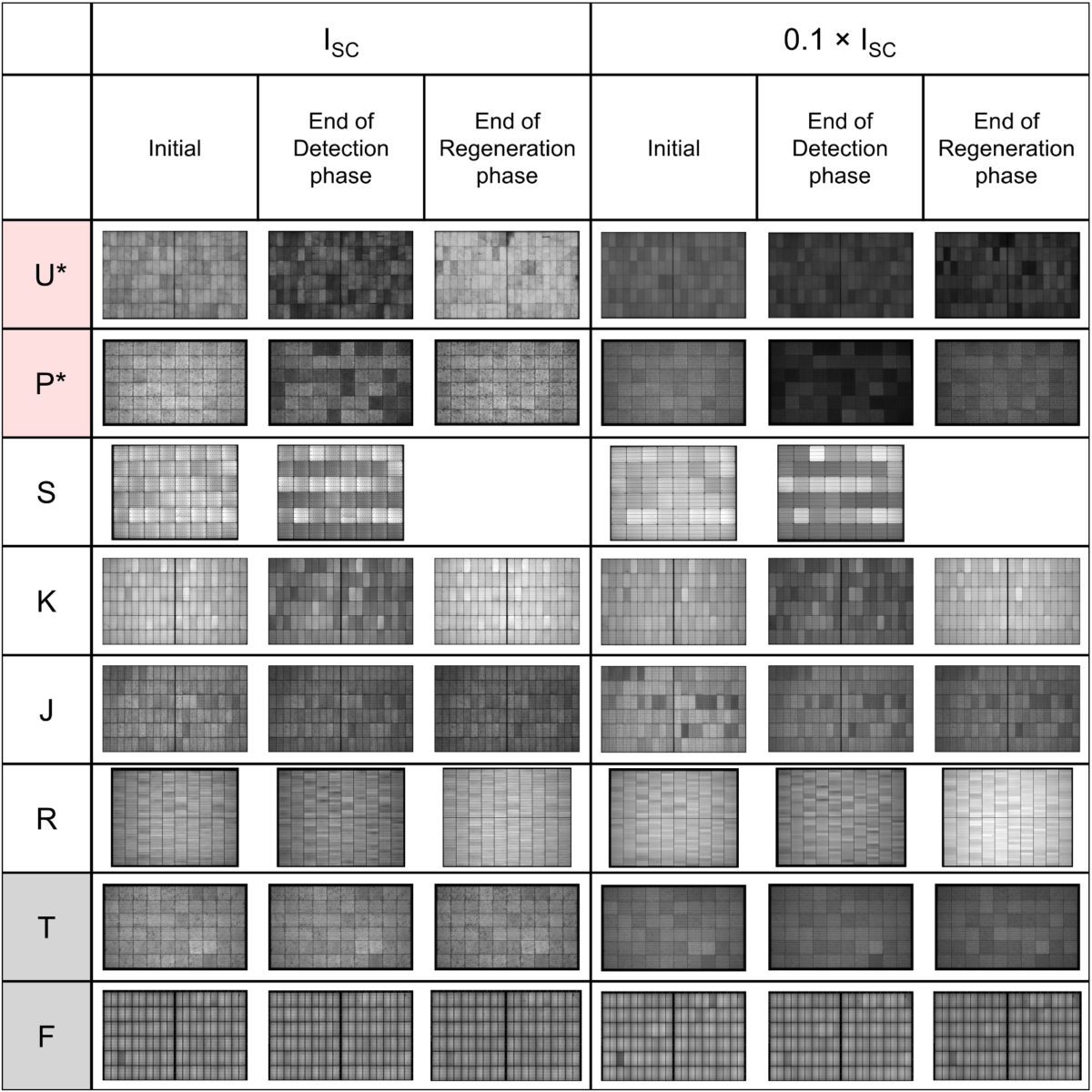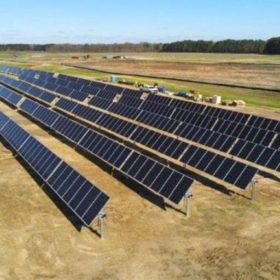Over time, light-elevated temperature-induced degradation (LETID) can cause significant performance losses in PV modules in the field. The problem was first recognized around 2012; the industry did not know the exact cause behind it, but it has been quick to develop mitigation strategies.
Understanding the effectiveness of these strategies, and ultimately eliminating performance losses associated with LETID, requires comprehensive testing. Such testing is increasingly a requirement for module buyers wary of the financial impacts of unexpected performance losses.
A collaborative effort between scientists and industrial players across Asia, Europe and the United States has tested a range of silicon PV modules for LETID, with the aim of developing a new, applicable protocol. Their findings and the testing procedures they used will likely be adopted into a formal standard published by the International Electrotechnical Commission later this year.
“Global researchers have published many promising strategies for reducing or eliminating LETID, and there is evidence both in this work and elsewhere that manufacturers in recent years have adopted these strategies,” said Joseph Karas, a researcher at the US National Renewable Energy Laboratory. “Some modules in this work showed essentially no LETID sensitivity. Still, LETID risk is not a fully resolved matter as new wafer types and cell architectures are being adopted which might be LETID-sensitive.”
Standardized testing
The group described the testing procedures in “Results from an international interlaboratory study on light- and elevated temperature-induced degradation in solar modules,” which was recently published in Progress in Photovoltaics. The procedures primarily involve subjecting modules to high temperatures, and either directly injecting a current, or placing them under simulated sunlight at different levels, either to cause LETID degradation or initiate a recovery mechanism in already degraded modules.
By fabricating intentionally LETID sensitive modules, they were able to calibrate the procedures to maximize LETID, and could distinguish such losses from other issues. Testing was conducted over a period of four weeks, but the researchers noted that in the soon-to-be-published standard, this will be reduced to two, with a doubling of the injected current to compensate.
“This work, the forthcoming TS, and the advancing scientific understanding of LETID will help mitigate the physical and financial effects of LETID,” the researchers said. “Manufacturers will be able to test for LETID and engineer LETID-free cells and modules, module buyers will be able to evaluate potential purchases with confidence, and financial stakeholders will benefit from the reduced risk that follows from that confidence.”
It might lead to effective mitigation or even the elimination of LETID effects, but the work will nonetheless continue, so the industry can fully understand the mechanisms behind the problem. In this project, the group found differing impacts on fill factor between modules, and significant variations in LETID between individual cells within single modules – neither of which it could immediately explain.
This content is protected by copyright and may not be reused. If you want to cooperate with us and would like to reuse some of our content, please contact: editors@pv-magazine.com.









By submitting this form you agree to pv magazine using your data for the purposes of publishing your comment.
Your personal data will only be disclosed or otherwise transmitted to third parties for the purposes of spam filtering or if this is necessary for technical maintenance of the website. Any other transfer to third parties will not take place unless this is justified on the basis of applicable data protection regulations or if pv magazine is legally obliged to do so.
You may revoke this consent at any time with effect for the future, in which case your personal data will be deleted immediately. Otherwise, your data will be deleted if pv magazine has processed your request or the purpose of data storage is fulfilled.
Further information on data privacy can be found in our Data Protection Policy.